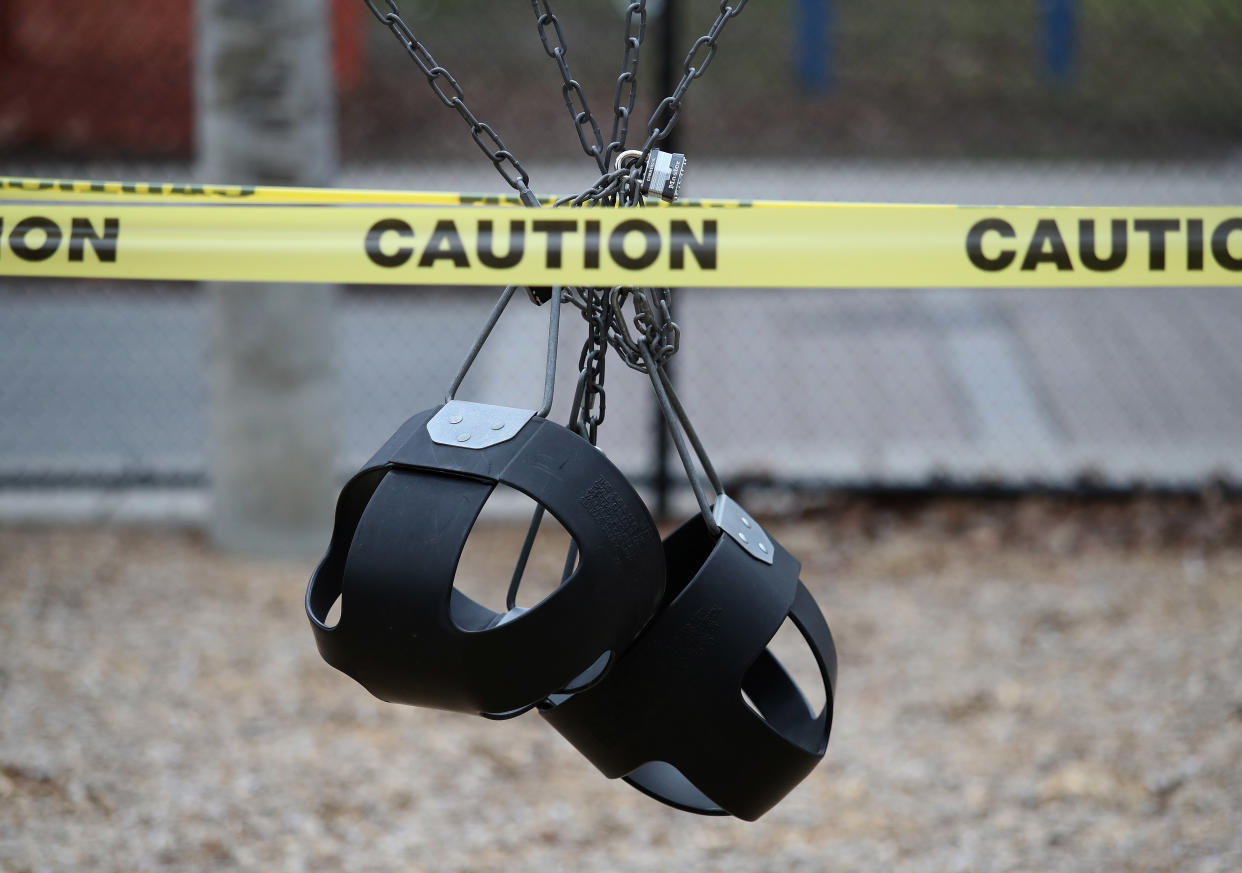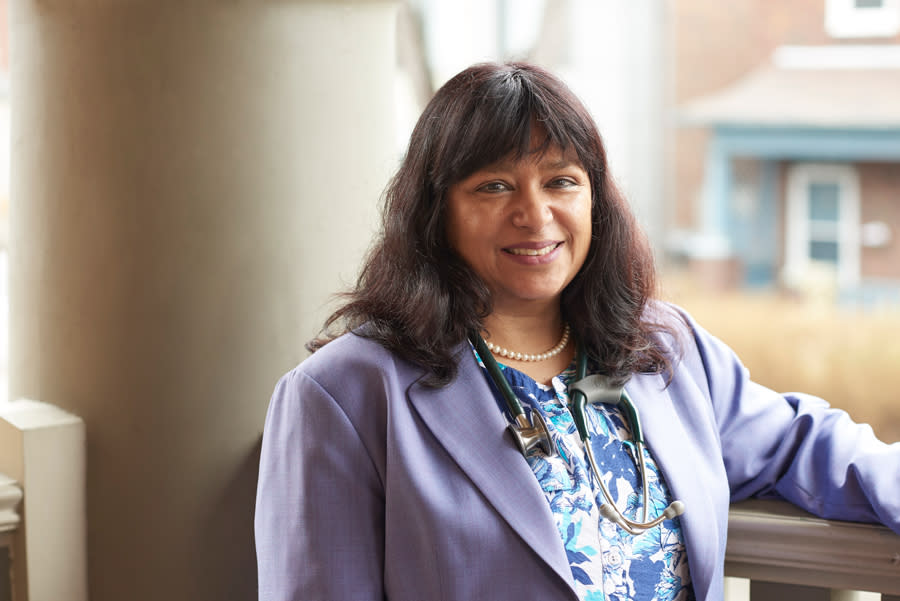'I don't think we're going to be able to contain this virus:' Fears of second wave loom large

With Ontario and Quebec being the latest provinces to begin flattening the curve in the fight against COVID-19, concerns in the medical community loom of a second wave. Experts largely agree that collectively Canada has done a good job against limiting spread, but the virus remains active and there are still plenty of potential hosts.
“There’s a lot of people who weren’t infected, so chances are we are going to get infected. Then I just don’t think we can go back and close the economy because there’s so much collateral damage that occurs,” said Dr. Anna Banerji, an Infectious Disease Specialist at the University of Toronto.
The C.D. Howe Institute's Business Cycle Council declared Canada was in a recession on May 1, with an outlook that things would get worse before they got better. Two months removed, almost all of Canada has reopened in some form: Atlantic provinces are in a bubble with one another, and even Ontario is preparing for Stage 3 of its Phase 2 plan which includes reopening workplaces responsibly.
“It's looking very good, but we still need another week's data to really inform the situation and then decisions will be made about the opening of Stage 3," said Health Minister Christine Elliot.
While Ontario looks to push forward, Dr. Banerji says she is concerned about workplaces reopening as, she notes, all it takes is one mistake to light the fire.
“It burns through the whole place then it disappears…I don’t think we’re going to be able to contain this virus,” she said.
With Quebec and Ontario being the two epicentres of the virus in Canada, Dr. Banerji notes she doesn’t expect the same hotspots to be hit as badly
“My feeling is that it is going to come back, probably not as much in Canada as in the first wave,” she said.

Dr. Banerji added the current tests aren’t providing a clear picture of how embedded the virus was in the community and there is likely a higher rate of infection than we know.
“The test is faulty, it has a false negative rate of 30-50 per cent, so if you have any kind of viral symptom, stay home,” said Dr. Banerji.
When the pandemic was announced, there were hopes that the summer weather would likely kill the virus, but researchers at the University of Toronto’s Dalla Lana School of Public Health and Faculty of Medicine were able to determine in a peer-reviewed study that heat has little to no bearing on how COVID-19 spreads. Dr. Banerji points to the rise of COVID-19 in the U.S. where the virus has run rampant in many States experiencing Saharan-like temperatures.
“Clearly in the southern states where it’s been hot the virus has not died down, usually viruses diminish in the summertime because groups of people usually aren’t together,” she said.
The one proven recourse to flattening the curve was the effectiveness of social distancing, but as people return back to a more normal society, Dr. Banerji admits social distancing is slowly being eroded as we reopen.
“The social distancing did work when everyone was home, we did flatten the curve, but what’s going to happen now that people are getting haircuts, going to malls?” asks Banerji.
Potential danger zones
While urban areas saw the greatest amalgamation of COVID-19 cases, Dr. Banerji notes there are more resources to deal with the virus in those areas. Instead, her worries centre around people traveling and potentially bringing the virus into largely Indigenous communities, which are poorly equipped to handle a rise in cases.
“My biggest concern is Indigenous communities, they’ve done a lot of work in keeping people out, it’s been stressful for them. Once it restarts and flows through these communities it could have a very big impact,” she said.
Some of the more northern Indigenous communities are either fly-in communities, or are hours away from the closest hospital.
“You can’t get people into intensive care units quickly, you’ve got fly-in communities where you have to wait hours to get someone to the right spot, that’s my biggest concern, said Dr. Banerji.
While Indigenous communities and the risks they face are top of mind for Dr. Banerji, she adds there are still lots of fears around what could happen if the virus re-emerges in long term care homes.
“People want to see their elders and make sure they’re taken care of, but all it takes is one person infected with COVID and it seems like the whole place will be infected, it will scourge through the entire place,” said Dr. Banerji.
While the virus hit Canada's elderly very hard, school-aged children in Canada were the age group that was the least affected by COVID-19.
“Toronto, Montreal and long-term care facilities were most affected, but once we open schools all it takes is for one kid to be sick and the whole classroom, teacher, and likely the whole school could be infected,” she said.
In some provinces where schools were reopened, there were indications that when fall semester rolls around they could reopen as per normal. Dr. Banerji expects the decision to reopen schools to be a more nuanced conversation as flu season will be starting at the same time, too.
“Once flu season starts, influenza can look very similar to COVID when you look at the symptoms, so you don’t know what’s the flu or what is COVID? Do we keep school shutdown forever? It’s tricky to know,” said Dr. Banerji.
The decision faced by policymakers and health authorities to reopen schools is not an easy decision, but Dr. Banerji admits sitting idly by and waiting for a vaccine isn’t necessarily a solution either,
“We need to learn to live with COVID and really put our money and effort into testing vulnerable people, people in long-term care homes, people with underlying health conditions, elderly people and indigenous communities,” she said.
Ultimately when it comes to limiting spread and trying to prevent a second wave, Dr. Banerji says the virus will infect who it wants, but by practicing preventive behaviours we could reduce just how bad a second wave will be.
“Wear a mask, there’s no bravado here, wash your hands and do the social distancing and to keep vulnerable people away until COVID has burned through,” she said.




